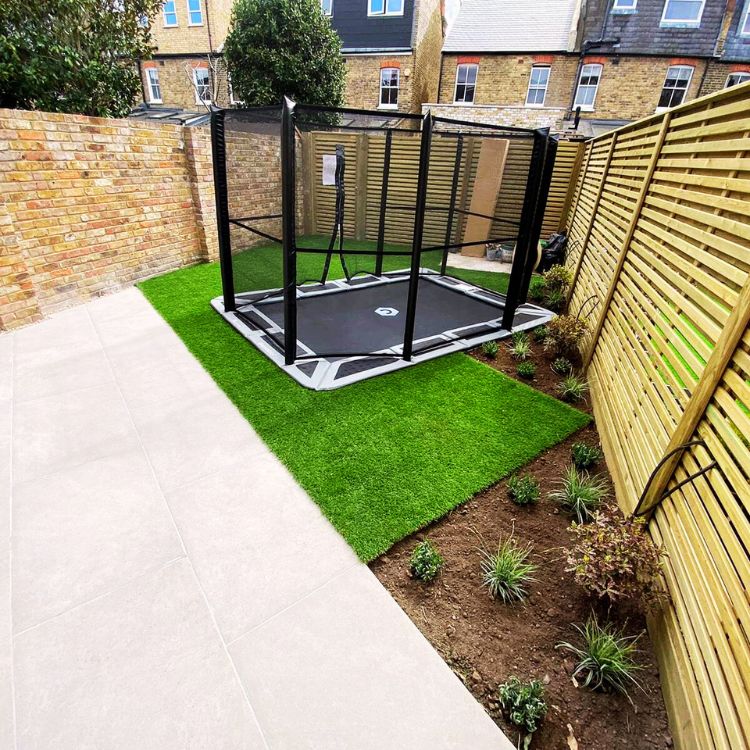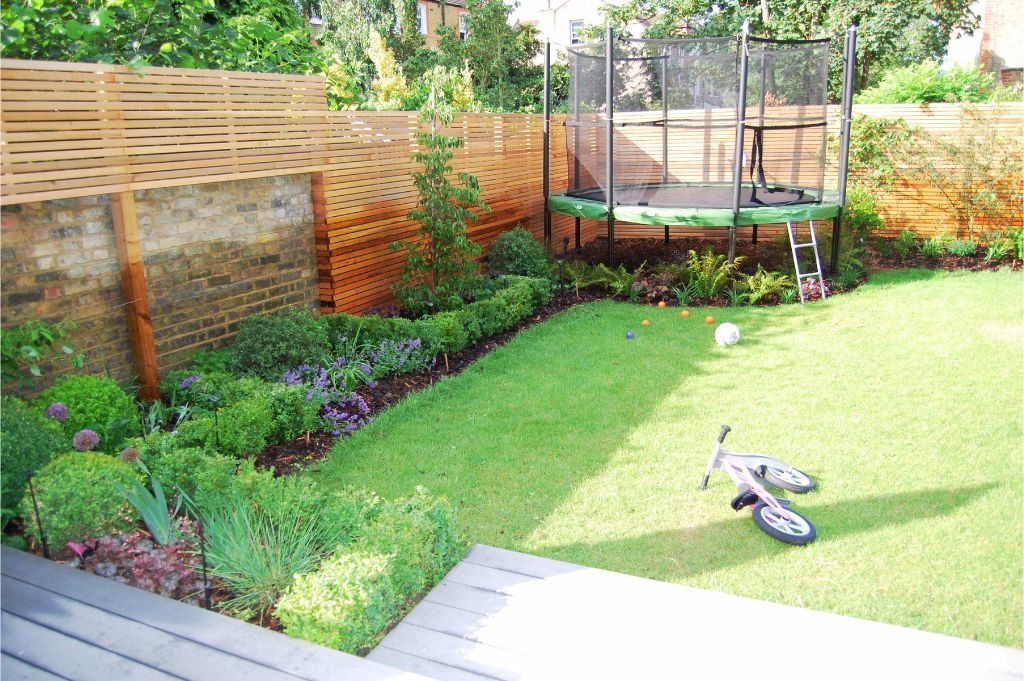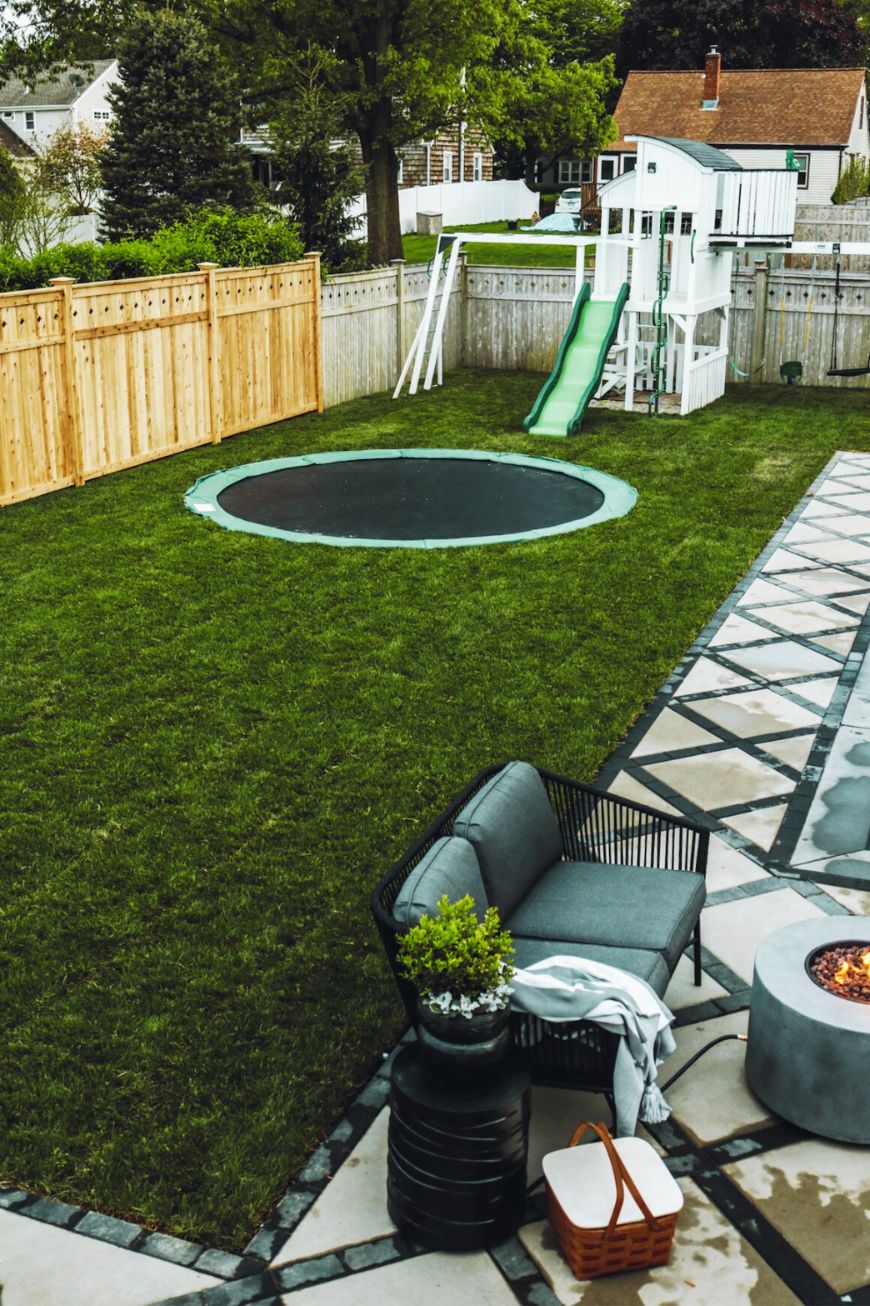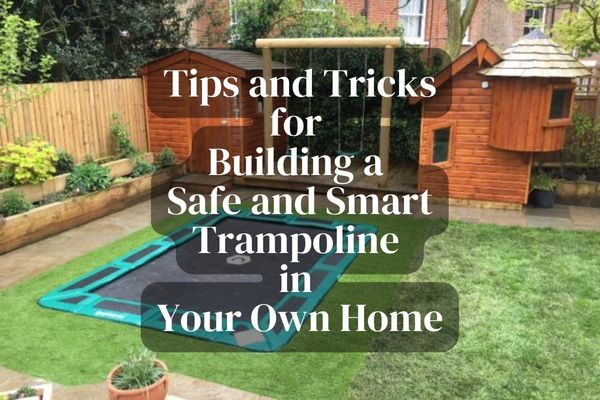Trampolines can be a fun and enjoyable way to spend time outdoors, but they also come with potential safety hazards. If you are considering building a trampoline in your home, it is vital to take the necessary steps to ensure it is safe for use. Fortunately, there are a variety of tips and tricks that you can follow to build a safe and smart trampoline that will provide hours of entertainment without putting anyone at risk of injury.
From selecting the right location and materials to setting up proper safety measures and rules, there are many factors to consider when building a trampoline. By following these tips and tricks, you can help ensure that your trampoline is a safe and enjoyable addition to your home.
Why a Smart Trampoline is Essential?
Trampolines are a great source of outdoor fun and exercise but can also be dangerous if not used properly. According to a study by the American Academy of Pediatrics, trampoline-related injuries are on the rise, with an estimated 100,000 emergency room visits in the US each year. This is why it’s essential to invest in a smart trampoline that prioritizes safety.
A smart trampoline has safety features such as enclosures, padding, and anchoring systems to minimize the risk of injury. It also provides kids with a fun and engaging environment to play and exercise. By building a smart trampoline, you can ensure that your family can enjoy this activity while staying safe.
Choosing the Right Trampoline Size for Your Home
Before building a trampoline, it’s essential to consider the available space in your home. If you plan to install the trampoline indoors, measure the ceiling height and select a size that fits comfortably. Generally, a trampoline with a diameter of 8 to 10 feet is suitable for indoor use.
If you plan to install the trampoline outdoors, you will need to consider the available space in your backyard. A trampoline with a diameter of 12 to 15 feet is ideal for outdoor use, as it provides enough space for multiple jumpers. However, leaving a buffer zone of at least 3 feet on all sides of the trampoline is important to prevent injuries.

Indoor Trampoline Installation: Tips and Tricks
Installing a trampoline indoors requires careful planning and execution. Here are some tips and tricks to help you set up your indoor trampoline safely:
- Choose a room with a high ceiling: The ceiling should be at least 8 feet high to accommodate the trampoline and allow for safe jumping.
- Clear the area around the trampoline: Remove any objects that may obstruct the jumping area, such as furniture or decorations.
- Install a safety net: A safety net will prevent jumpers from falling off the trampoline and onto the floor.
- Use a non-slip floor mat: A non-slip mat will provide traction for jumpers and prevent them from slipping on the floor.
Following these tips can create a safe and fun environment for indoor trampoline jumping.
Backyard Trampoline Safety: Building a Secure Foundation
When installing a trampoline in your backyard, building a secure foundation is important to prevent injuries. Here are some tips for building a secure trampoline foundation:
- Choose a flat and level surface: The ground should be flat and level to prevent the trampoline from tipping over.
- Clear the area around the trampoline: Remove any objects that may obstruct the jumping area, such as rocks or tree branches.
- Use a trampoline anchor kit: An anchor kit will secure the trampoline to the ground and prevent it from moving during use.
- Install a safety net: A safety net will prevent jumpers from falling off the trampoline and onto the ground.
Building a secure foundation for your trampoline can minimize the risk of injuries and ensure that your family can enjoy this activity safely.
Building a Smart Trampoline: Materials and Tools Needed
When building a smart trampoline, it is essential to ensure that you have the right materials and tools to create a sturdy and safe structure.

Here is a detailed list of the materials that you will need:
Trampoline frame
The trampoline frame is the foundation of the trampoline, and it is essential to choose a high-quality frame that is durable and strong. The frame should be made of galvanized steel and have a weight capacity matching the trampoline’s intended use.
Trampoline mat
The trampoline mat is the surface on which users will bounce. It should be made of high-quality, UV-resistant material that can withstand exposure to the elements.
Trampoline springs
The springs connect the trampoline mat to the frame and provide the necessary tension for bouncing. Choose springs that are the correct length and weight capacity for your trampoline.
Safety net
A safety net is an essential component of a smart trampoline, as it helps prevent users from falling off the trampoline. The safety net should be made of high-quality materials and fit securely around the trampoline.
Trampoline padding
The trampoline padding provides cushioning around the edges of the trampoline and prevents users from hitting the frame or springs. Choose padding that is thick and durable.
Anchor kit
An anchor kit helps secure the trampoline to the ground, preventing it from tipping over during use. The kit should include stakes or augers that can be driven into the ground to secure the trampoline.
And here is a detailed list of the tools that you will need:
Wrench
A wrench is a tool that is essential for tightening bolts and nuts during assembly. It comes in various sizes and shapes, and each type of wrench is designed for specific applications.
Screwdriver
A screwdriver is necessary for attaching screws and other hardware during assembly. It comes in different shapes and sizes, and each type of screwdriver is designed for specific applications. For example, a Phillips screwdriver is ideal for tightening Phillips head screws, while a flathead screwdriver is suitable for flathead screws.
Hammer
A hammer is a tool that may be necessary for pounding stakes or augers into the ground to secure the anchor kit during assembly. It comes in different sizes and shapes, and each type of hammer is designed for specific applications.
Level
A level is necessary for ensuring that the trampoline is assembled on a level surface. It is a tool that measures the alignment of a surface relative to a horizontal or vertical plane. A bubble level is the most common type of level, and it is used to ensure that surfaces are level or plumb.
Measuring tape
A measuring tape is necessary to measure the distance between the springs and ensure they are evenly spaced during trampoline assembly. It comes in various lengths and widths, and each type of measuring tape is designed for specific applications. For example, a retractable tape measure is ideal for measuring long distances, while a pocket tape measure is suitable for smaller measurements.
By having the right materials and tools, you can build a smart trampoline that prioritizes safety and fun.
Trampoline Safety Accessories: Enclosures, Padding, and More
In addition to building a smart trampoline, you can also add safety accessories to minimize the risk of injuries further. Here are some safety accessories to consider:
- Enclosures: Enclosures provide a barrier around the trampoline and prevent jumpers from falling off.
- Padding: Padding covers the trampoline springs and frame, providing a cushioned landing surface for jumpers.
- Ladder: A ladder provides safe and easy access to the trampoline.
- Weather cover: A weather cover protects the trampoline from the elements and extends its lifespan.
Adding these safety accessories can create a safer and more enjoyable environment for trampoline jumping.
Maintaining Your Smart Trampoline: Care and Cleaning Tips
To ensure that your smart trampoline lasts for years to come, it’s essential to maintain it regularly. Here are some care and cleaning tips to keep in mind:
- Check the trampoline regularly for wear and tear: Inspect the trampoline for any signs of damage, such as a frayed mat or broken springs.
- Clean the trampoline regularly: Use a mild soap and water solution to clean the trampoline mat and frame.
- Store the trampoline properly during the winter: Disassemble the trampoline and store it in a dry and covered area during the winter months.
By maintaining your smart trampoline, you can extend its lifespan and ensure your family can enjoy it safely for years.

Fun Ideas for Trampoline Exercises and Activities
Jumping on a trampoline is not only fun, but it’s also a great form of exercise. Here are some fun ideas for trampoline exercises and activities:
- Jumping jacks: Jumping jacks on a trampoline are a great way to increase your heart rate and burn calories.
- Tuck jumps: Tuck jumps involve jumping and tucking your knees to your chest, providing a full-body workout.
- Dodgeball: Trampoline dodgeball is a fun and exciting game that can be played with multiple players.
- Obstacle course: Set up an obstacle course on your trampoline, including hurdles and balance beams, for a fun and challenging workout.
By incorporating these exercises and activities into your trampoline routine, you can make the most of your smart trampoline and stay active.
How to setup a trampoline?
Conclusion
Building a safe and smart trampoline in your own home requires careful planning, proper assembly, and regular maintenance. By following these tips and tricks, you can create a fun and safe trampoline experience for your family and friends.
Remember that safety should always be a top priority when it comes to trampolines, so don’t cut corners when it comes to choosing, assembling, and maintaining your trampoline.
Frequently Asked Question
How do I choose the right smart trampoline for my home?
When choosing a smart trampoline for your home, consider factors such as the size of the trampoline, the features included, and the level of customization available. It’s also important to read reviews and consider the reputation of the manufacturer to ensure a high-quality product.
What are some examples of smart trampolines on the market?
Some examples of smart trampolines on the market include the Springfree Trampoline, the JumpSport AlleyOOP, and the Propel Trampolines with integrated speakers and LED lights. These trampolines include features like sensors that track activity and offer interactive games.
How often should I perform maintenance on my trampoline?
It’s important to perform regular maintenance on your trampoline to keep it in safe working condition. Check for signs of wear or damage regularly, and repair or replace any damaged parts immediately. Also, clean the trampoline regularly to prevent dirt and debris from accumulating on the surface.
Last Updated on August 25, 2023

